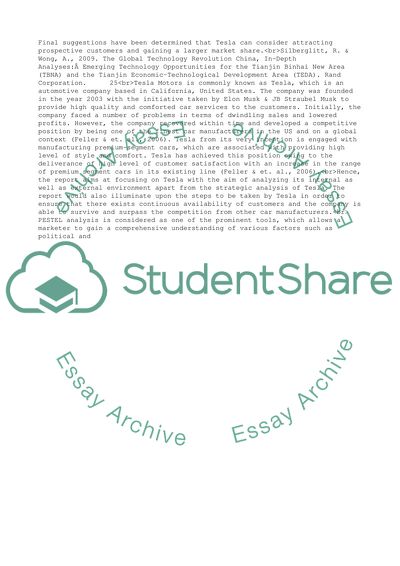Cite this document
(“TESLA CASE STUDY Coursework Example | Topics and Well Written Essays - 3500 words”, n.d.)
Retrieved from https://studentshare.org/business/1685663-tesla-case-study
Retrieved from https://studentshare.org/business/1685663-tesla-case-study
(TESLA CASE STUDY Coursework Example | Topics and Well Written Essays - 3500 Words)
https://studentshare.org/business/1685663-tesla-case-study.
https://studentshare.org/business/1685663-tesla-case-study.
“TESLA CASE STUDY Coursework Example | Topics and Well Written Essays - 3500 Words”, n.d. https://studentshare.org/business/1685663-tesla-case-study.


